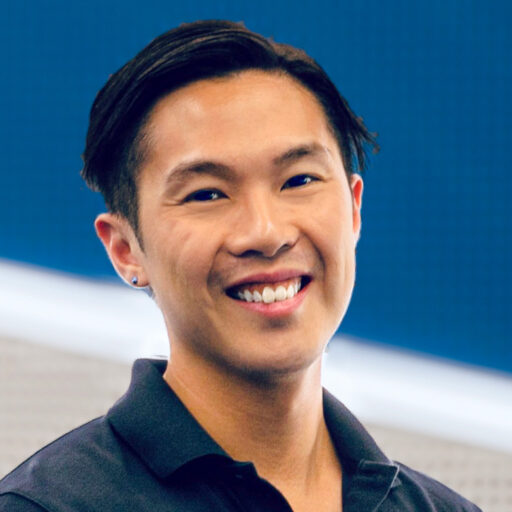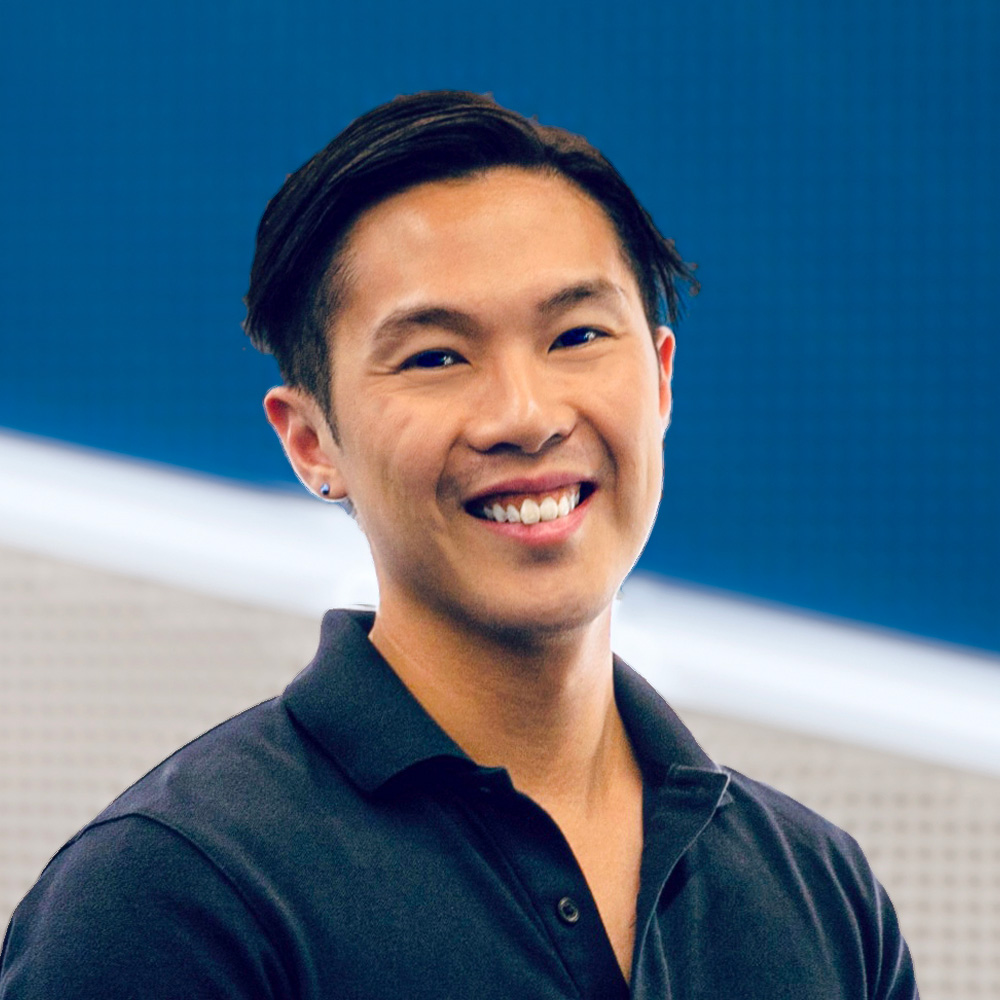Every day, a new AI tool launches or gets a major upgrade. As someone who researches and teaches about AI in design, I’m often asked if I’ve tried the latest one. In my social feed, headlines scream about breakthroughs. At work and among friends, conversations orbit around which tools are newest, best, or soon-to-be obsolete. The expectation from everyone becomes clear: stay current, or fall behind.
But trying to keep up is disorienting. One day Tool X is the gold standard. The next, Tool Y leapfrogs it. I find myself switching between platforms, reading release notes, and testing features, not because I need them, but because I fear missing out on something essential.
It’s a kind of productivity anxiety masquerading as professional curiosity. And it traps me in what David Perell calls The Never-Ending Now. It feels a state of constant reaction, where the only ideas that matter are the ones published yesterday.
When newness becomes a distraction
This obsession with the latest shifts the focus from using the tool to talking about the tool. It’s become about whether I’ve tried the latest prompt generator, API tweak, or image style model, instead of what I created using AI. In that frame, depth takes a backseat and skill becomes secondary to speed. The danger here is an erosion of craft.
AI tools require practice. Prompting is a design act: it involves interpretation, iteration, and critical framing. Just like sketching or coding or writing, you get better with time. But in a culture obsessed with what’s next, that nuance disappears. The assumption becomes: anyone can do it, because the tool is doing the work. But the output of AI reflects the clarity of the input. If you want a system to generate original, useful, or resonant content, you still need to do the mental labour: thinking through your intent, sensing patterns, refining your language. That’s the part no tool can automate.
The skill is in the stillness
Lately, I’ve been turning to an “old” text to make sense of this: The Reflective Practitioner by Donald Schön. In it, Schön argues that expertise is built through reflection-in-action, by thinking about what we’re doing while we’re doing it. AI tools, when used with intention, can amplify this. But only if we slow down enough to ask ourselves:
- Why did this output surprise me?
- What assumptions did I bake into my prompt?
- How might I try again with more clarity?
This process matters more than jumping to the next tool. It’s like treating each AI interaction like a mini design critique. What was I trying to achieve? What did the tool offer in return? How could I ask better questions next time?
This shift from chasing tools to building skill has helped me re-anchor and go deeper with one or two AI systems. I treat them like collaborators I’m learning to work with, not novelty gadgets to cycle through.
A different kind of AI literacy
We often talk about AI literacy as knowing what tools are out there. But maybe it’s time to reframe that. What if AI literacy meant:
- Knowing how to shape a prompt with intention
- Understanding how to interpret AI’s output critically
- Practicing iterative refinement, not one-click answers
- Developing a personal workflow that supports reflection, not just reaction
This kind of literacy is about staying grounded and not staying up to date.
Reclaiming time & skill
If you’re feeling the churn of constant AI updates, you’re not alone. But you don’t have to opt out entirely to reclaim your focus. Try this instead:
- Pick one or two tools and make them your primary workspace. Learn them well. Let your creative practice deepen with them.
- Mute the noise. Unfollow a few AI-hype accounts. Limit your news exposure. Create room for reflection.
- Keep a prompt journal. Document what you tried, what you got, and what you’d revise. You’ll notice patterns. You’ll sharpen your instincts.
- Return to your creative roots. Whether it’s drawing, writing, prototyping, spend time making something without AI. It will clarify what the AI is actually helping you with.
Above all, give yourself permission to miss a few launches. The world won’t end if you don’t try the newest thing right away. But your creative mind might reawaken if you give it space.

